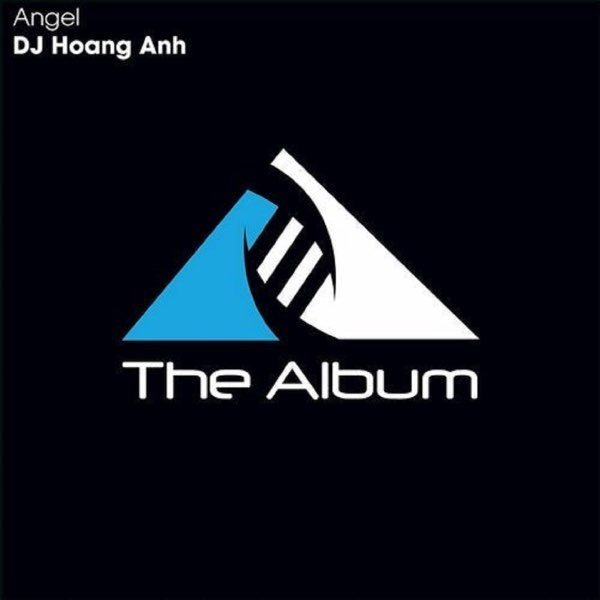Genre of the Day - Vinahouse
Album of the Day - Angel by DJ Hoang Anh (2015)
July 11, 2024
No, today’s genre is not a German speaker heinously mispronouncing Amy Winehouse’s last name. Today’s genre takes us off of the millions of motorbikes teeming on Vietnam’s city streets, into its cultural centers’ pulsating clubs. It exposes that with as many clubbers attracted to the decadent color shows and celebratory sounds of the EDM world, there’s an equal amount of naysayers as well as concerns about cultural integrity and even legal battles that ensue with a unique EDM scene’s development and commercialization. Contrarians who object to whatever sound has become dominant among the people around them are eternal, but this seems particularly prevalent in certain reactions to Vinahouse: the very first thing that comes up when you look up the word Vinahouse is a post on the Vietnam subreddit writing it off as an unworthy, garbage development in V-pop, which feels an oddly anachronous take given the genre’s twenty years under its belt as the signature sound of the country’s clubs.
If you’ve come this far in the column, I hope you’ve been able to escape such a narrow slant when viewing music. As much as the rave scene can be reviled by those on the outside who think of it as nothing more than flashy, mass-market consumption, there’s fascinating stories to dig into even if the music or style of creation don’t resonate with your personal tastes. Regardless, just like the American rave scene made it past the mudslinging regarding ecstasy use and the scene’s illicit danger in the early 2000s including then-Senator Joe Biden’s proposed RAVE Act that would’ve increased punitive crackdowns on the proliferation of ecstasy, Vinahouse has survived. Though it should be noted that Vinahouse fans who want to add a little lightheadedness to their night opt for nitrous oxide balloons rather than MDMA.
The early ‘90s saw Vietnam incentivize tourism through looser visa requirements, and the influx of international and western tourists helped import the sounds of the consolidating sounds of the international rave scene. Aspiring DJs in Vietnam began picking up the sounds of the ubiquitous global dance hits of the early ‘90s and applying them to V-pop hits later in the decade rather than simply spinning the Eurohouse of the moment, fusing native pop melodies with house flair. They revved up the BPM like the motorcycles on the avenues, racing at around 140-150 BPM.
Though the genre’s roots were beginning to grow in the late ‘90s and early 2000s, as with many cases on this column the genre was still waiting on a keystone figure to launch it into a full-fledged sound. DJ Hoang Anh stepped into that role, landing on the wings of trancey, euphoric genres with bouncing bass resembling those of future bounce or slap house, though not quite as hard, leaving ample space for euphoric Vietnamese vocals to gleam. His vision of Vinahouse, particularly the track “Ngủ Ngon Em Nhé,” provided a template for the burgeoning scene. Through his mixes, put Vinahouse on the map, being awarded the first title of the Heineken DJ Contest by Tiësto and becoming the first Vietnamese DJ to collaborate with an artist from another international heavyweight Armin Van Buuren’s label.
Though Vinahouse took over the clubs, venues have often faced legal and logistical challenges at the hands of the government from expensive licenses that time out at midnight, already a no-go in the rave world, to in-house issues such as venues focusing on attracting higher-paying expats with cut-and-dry “house and techno only” nights that then alienate local creatives. It represents the difficulty of the constraints on EDM culture’s often-held values of inclusivity—avant-garde interpretations of Vinahouse have become a particular gathering place for Vietnam’s queer communities—and the reality of venues battling to stay afloat financially and deal with official limitations.
The music floats above these concerns, though, as on this 2010 set by DJ Anh Hoang. The trance influence cools these tracks’ fast-BPM giddiness and sets an icy ambience, like the distinctive plinky synths and birdlike singing like crystalline rain drops falling of “Angel Sings.” The track is a vocally heavier rendition of a recurring melodic theme introduced on the opener and drawn out to the heights of a full 36-minute mix bookending the other side of this album, making it club-ready on arrival. Though the particular sonic strain typified by “Angel” also bounces its way through tracks like “Khúc Ru Chiêu,” he proves his deft versatility with the halftime and dubstep influences of “One Man Army.” Listening to these Vinabangers makes it easy to suspend yourself in weightless Vietnamese club heaven—without any of the balloons.




